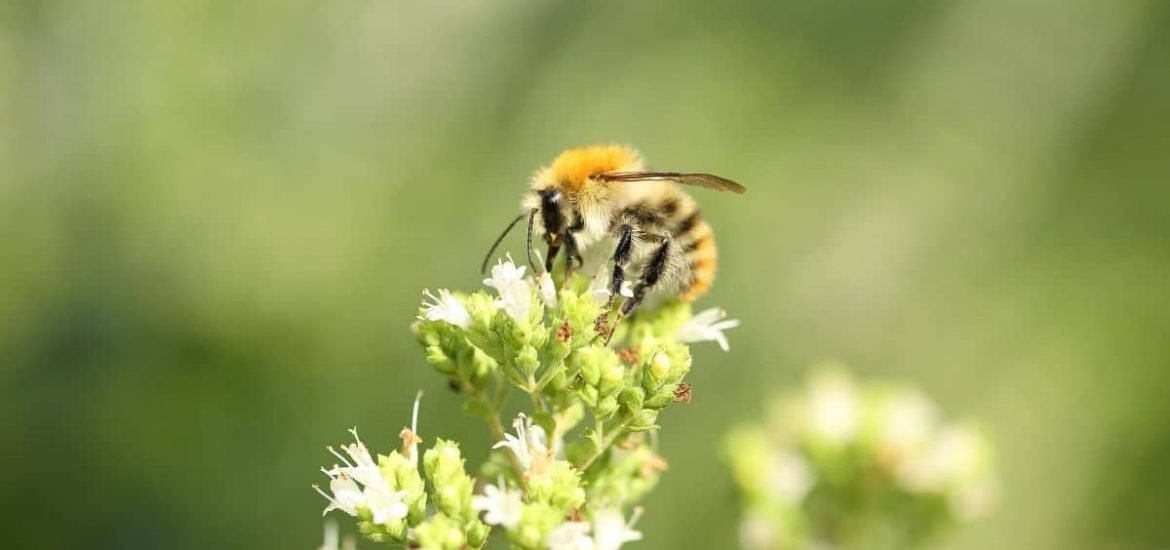
Declining wild bee populations translate directly into decreased crop yields, according to a new study published last month in Proceedings of the Royal Society B (1). Five of the seven crops analysed in the study showed evidence of lowered yields as a result of less pollination due to fewer wild bees.
Steep declines in insect populations worldwide have prompted concern. The majority of the world’s crops relies on pollination, mainly by bees. However, bee numbers are plummeting due to habitat degradation, viruses, the widespread use of toxic pesticides, and climate change. Moreover, the dramatic decrease in bee numbers could impact the larger food economy.
To determine the impact of reduced pollinator populations on crop production, a team of scientists from US, Canada and Sweden analysed data from 131 commercial farms in the United States (US) and Canada including the prevalence of different types of bees, the amount of pollen distributed per flower visit, and crop yields.
Wild bee species contribute substantially to pollination
In six crops, including pumpkins, apples, two types of cherries, blueberries, and watermelons, wild bee species were found to deposit more pollen per flower visit, on average, than honey bees. Based on this new data, the researchers estimate that the value of wild pollinators to the nationwide annual production of the crops studied is over $1.5 billion (€1.28 billion), compared with $6.4 billion (€5.4 billion) for domesticated honey bees, predominantly made up of their $4.2 billion (€3.6 billion) contribution to almond production.
The researchers discovered that a scarcity of wild bees has reduced yields of five out of seven crops examined. Wild native bees make a surprisingly large contribution to pollination since they more effective pollinators than honey bees – even in intensively farmed areas lacking the natural vegetation, such as wildflowers, that are necessary to support them.
Every year, honey bees are transported from farm to farm to meet crop pollination needs. But apart from being less efficient pollinators, domesticated bees are also less healthy than they once were and highly susceptible to parasite infections and other diseases; therefore, relying on a single bee population for widespread crop pollination is unwise.
In a statement, Senior author Prof Rachael Winfree of Rutgers University explained: “We found that many crops are pollination-limited, meaning crop production would be higher if crop flowers received more pollination. We also found that honey bees and wild bees provided similar amounts of pollination overall.”
She also said: “Managing habitat for native bee species and/or stocking more honey bees would boost pollination levels and could increase crop production.”
Several wild bee species are in severe decline and reduced crop yields due to declining wild bee and other pollinator populations could impact the larger food economy. Certain fruit and vegetables might become scarce and more expensive – although, staple crops such as rice, wheat, and corn are pollinated via the wind and will not be affected.
The authors call for policymakers and farmers to protect both wild and domesticated bees by making farmland more hospitable. Approaches might include providing honey bee hives in crop fields, increasing the number of wildflowers on agricultural land to attract and support more native bees, and reducing the use of fertilizers and pesticides.
(1) Reilly, J.R. et al. Crop production in the USA is frequently limited by a lack of pollinators. Proceedings of the Royal Society B (2020). DOI: 10.1098/rspb.2020.0922